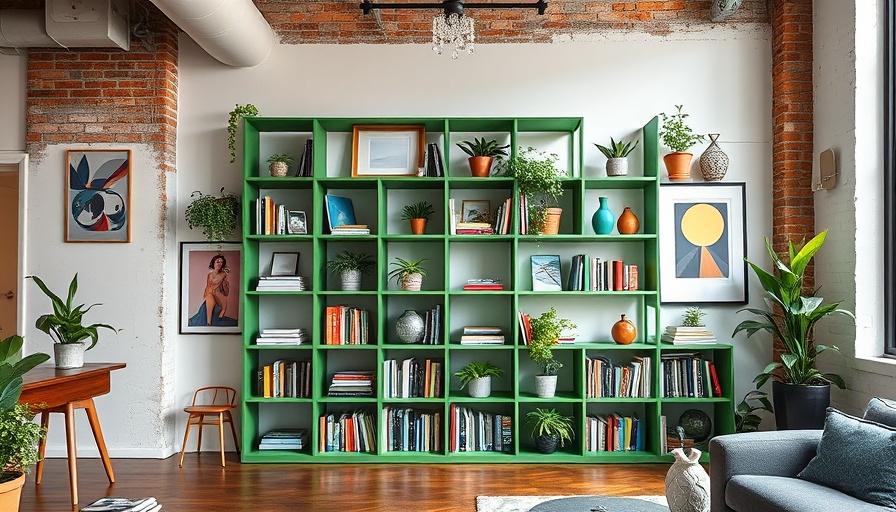
Finding Inspiration in Design: The Brooklyn Loft Revitalization
Renovations can offer a unique opportunity to revive old spaces, particularly in areas like Brooklyn where industrial architecture blends history with modern living. Batliboi Studio's recent transformation of an early 20th-century manufacturing space into a two-bedroom, two-bathroom loft exemplifies this dynamic. By creating a harmonious blend of industrial charm and organic elements, the studio highlighted the possibility of integrating personal style in a workspace.
Embracing Industrial Elements
John Keats once said, "A thing of beauty is a joy forever." In this Brooklyn loft, beauty comes alive through the restoration of original features. Batliboi Studio exposed authentic wood beams and ductwork, allowing the history of the building to narrate its own story. This raw aesthetic doesn’t just serve as decor; it contributes to an energizing environment, essential for digital nomads who often find themselves working long hours in their home setups. Imagine working beneath high ceilings that breathe life into your workday—it’s both inspiring and productive.
Creating Functional Spaces
Central to Batliboi’s renovation is the concept of function: turning a raw space into a brilliant home office. The studio cleverly raised the floor level in the kitchen and bathrooms, facilitating a hidden infrastructure for utilities while enhancing circulation. This thoughtful design ensures that every nook serves a purpose—a critical consideration for remote workers aiming to establish an efficient workspace. Natural light spills in through large windows, uplifting the mood and reducing fatigue during extensive work hours.
Color and Contrast: Setting the Atmosphere
Color deeply affects our productivity and creativity, a principle fully exercised in the loft's design. Soft tones provide warmth, while vibrant accents—like the green shelving units—add a playful touch. This thoughtful use of color can inspire those working from home to think creatively and differently. A workspace that feels both relaxing and stimulating can enhance focus, making daily tasks more enjoyable and efficient.
Building a Personal Connection with Workspaces
The customization of cabinetry and furniture is a testament to personal connection in design. Batliboi tailored pieces to meet client needs and aesthetic preferences, which can serve as motivation for digital nomads looking to personalize their own workspaces. A workspace filled with items that resonate personally can increase motivation and productivity, turning a standard home office into an inspiring oasis.
Functional Aesthetics for Remote Work
The loft's carefully structured layout brings form and function together, showcasing how design impacts well-being. Exposed materials reflect an authentic feel, and practical designs like movable shelves and optimized light flow cater to the realities of remote work. The key takeaway for digital nomads? Your workspace should not only be functional but must also resonate with your personal style for maximum comfort and efficiency.
Conclusion: Design as a Productivity Tool
The transformation of this Brooklyn loft into a functional and aesthetically pleasing space underscores the significant role design plays in enhancing productivity. With practical insights drawn from the project, digital nomads are encouraged to embrace the principles of thoughtful design when crafting their own workspaces. The collaboration between beauty and functionality can elevate not just the space you inhabit but also the quality of work you produce.
 Add Row
Add Row  Add
Add 




Write A Comment